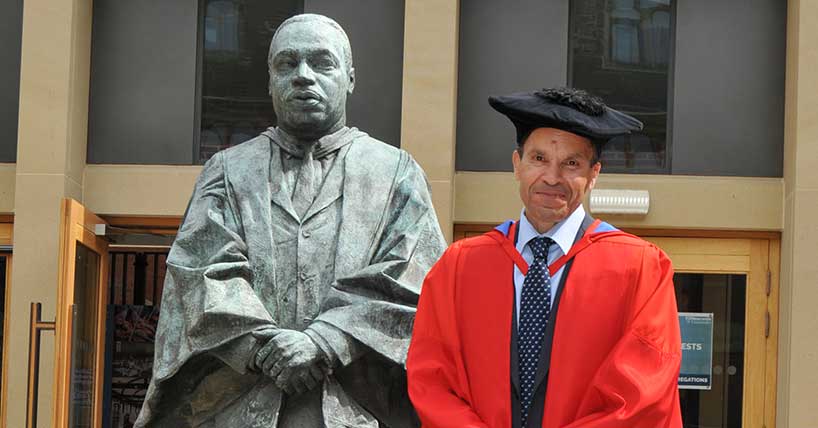Dental FiCTION trial
Call for more active prevention of tooth decay for children’s teeth
Published on: 4 December 2019
A dentist’s drill might not be the best way to tackle tooth decay in children’s teeth, a new study has concluded.
Findings from a major dental trial suggest that preventing tooth decay from occurring in the first place is the most effective way for parents to help avoid pain and infection from decay in their children’s teeth.
A three-year study comparing three different treatment options for tooth decay in children’s teeth, led by dentists from the Universities of Newcastle, Dundee, Sheffield, Cardiff, Queen Mary University of London and Leeds, has found no evidence to suggest that conventional fillings are more effective than sealing decay into teeth, or using prevention techniques alone, in stopping pain and infection from tooth decay in primary teeth.
The FiCTION trial, the largest of its kind to date, also found that 450 children who took part in the study experienced tooth decay and pain, regardless of which kind of dental treatment they received.

Managing decay
Professor Anne Maguire, Chair of Preventive Dentistry at Newcastle University, and one of the co-chief investigators of the study, said: “The FiCTION findings have focused attention again on the need to prevent dental decay before it begins, but also provided some reassurance that if decay does develop in a child’s mouth, there are a number of treatment options available which can be tailored to the clinical and behavioural needs of an individual child.”
During the study, more than 1,140 children between the ages of three and seven with visible tooth decay were recruited by dentists working in one of 72 dental clinics throughout the country. One of three treatment approaches was then chosen randomly for each child’s dental care for the duration of the trial, which was up to three years.
The first approach avoided placing any fillings and aimed to prevent new decay by reducing sugar intake, ensuring twice daily brushing with fluoridated toothpaste, application of fluoride varnish and placing of fissure sealants on the first permanent molar (back) teeth.
The second option involved drilling out tooth decay, which was based upon what has been considered the standard “drill and fill” practice for more than 50 years together with preventive treatments.
The third treatment strategy was a minimally invasive approach where tooth decay was sealed in under a metal crown or a filling to stop it progressing together with preventive treatments.
The main trial findings, published in the Journal of Dental Research, found no evidence to suggest that any of the treatment strategies were better than another in terms of making a difference in children’s experience of pain or infection, quality of life or dental anxiety between groups.
All three different ways of treating decay were acceptable to children, parents and dental professionals.
Sealing-in with preventive treatment was most likely to be considered the best way of managing children’s decay if society are willing to pay a minimum of £130 to avoid an episode of pain or infection.
Shaping oral health
Professor Elaine McColl, from Newcastle University’s Faculty of Medical Sciences, said: “Establishing good oral health and dental health practices in childhood is important to shape oral health throughout the life course.
“The FiCTION trial shows how that a range of approaches to managing decay in children’s milk teeth can be deployed by family dentists.”
Scotland’s Chief Dental Officer, Tom Ferris, said: “FiCTION highlights the importance of preventing tooth decay in our youngest children. I believe the key to success in prevention lies within families and communities.”
The FICTION study was funded by the Health Technology Assessment (HTA) programme of the National Institute for Health Research (NIHR).



